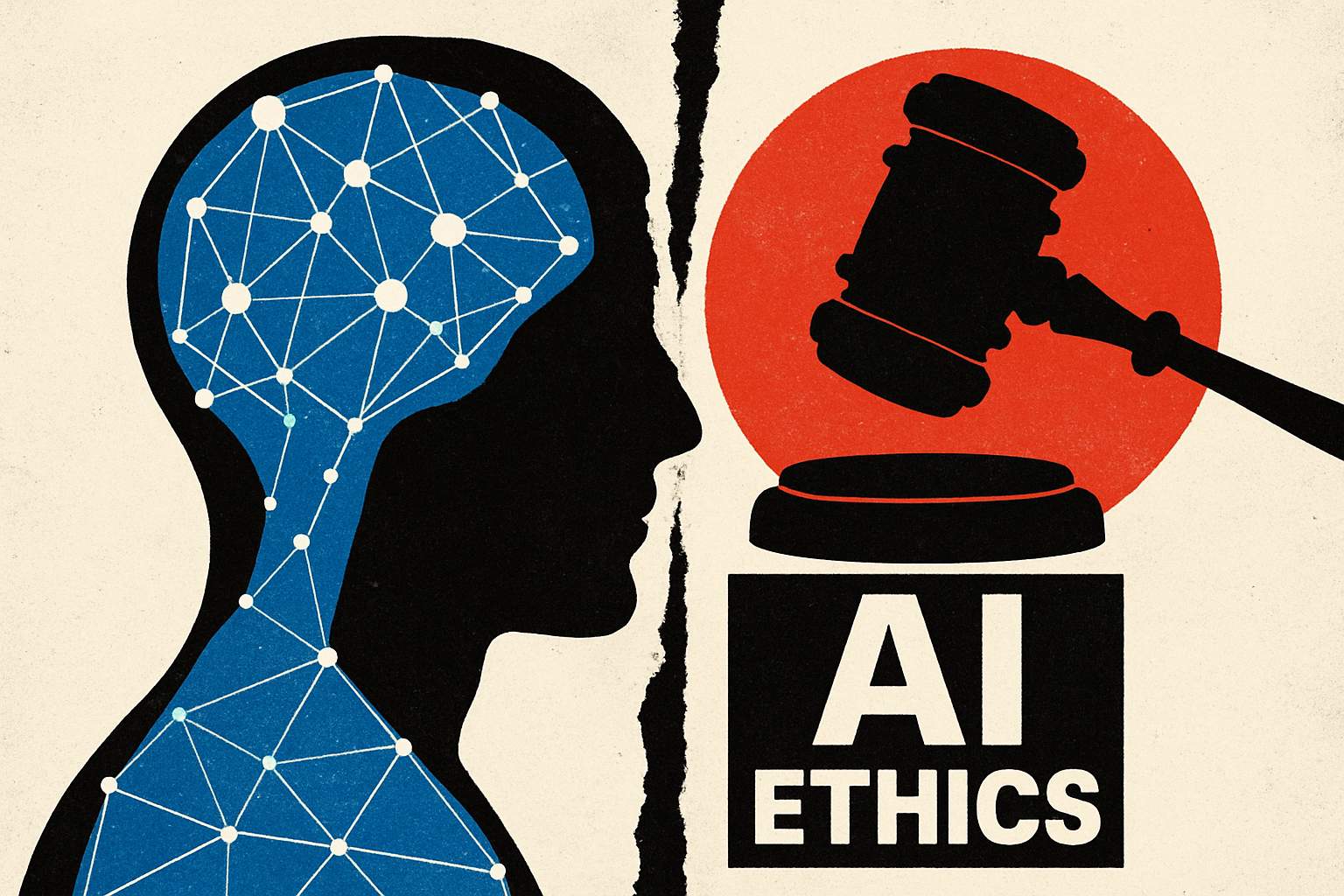
AI CERTS
59 minutes ago
AI ethics research: CDU warns AI threatens human dignity
This article unpacks the study, expert views, and strategic implications. Furthermore, readers will find practical steps and certification pathways for responsible adoption. Meanwhile, global investment in generative models keeps rising sharply. Therefore, urgency surrounds the dignity debate. Dr. Maria Randazzo analysis anchors our exploration. In contrast, many business teams still prioritize speed over safeguards. Nevertheless, culture can shift when information is clear and actionable.
CDU Warning Explained Clearly
CDU researchers released their overview in the Australian Journal of Human Rights during 2025. Moreover, lead author Dr Maria Salvatrice Randazzo contends that today's AI lacks true cognition. She states, "AI has no clue what it’s doing or why". Such frank language underscores the paper's normative thrust toward accountability. AI ethics research underpins the argument by connecting technical opacity to legal gaps.

Dr. Maria Randazzo analysis details three headline threats. First, black-box models deny citizens traceability. Second, regional regulations diverge sharply, leaving exploitable gray zones. Third, datafied profiling risks reducing humans to mere statistical abstractions. Consequently, the authors call for globally aligned, human-centred governance frameworks.
The study paints a stark picture of dignity erosion without coordinated reform. Subsequently, the next section explores those risks in greater detail.
Human Dignity Risks Examined
Human dignity entails privacy, autonomy, equality, and moral agency. However, machine-learning decisions can undermine each pillar. Gender Shades revealed 34.7% error rates for darker-skinned women. In contrast, light-skinned men saw 0.8% errors, a stunning disparity. COMPAS audits showed higher false positives for Black defendants.
Such evidence fuels Dr. Maria Randazzo analysis on systemic injustice. Moreover, privacy-autonomy rights risks intensify when models aggregate intimate behavioral data. Citizens rarely know how profiles materialize or influence opportunities. AI ethics research links exploitation of data to dignity loss. Nevertheless, some benefits exist when systems receive proper oversight.
These examples confirm that dignity harms are not hypothetical. Therefore, we now turn to governance barriers hampering responsive action.
Global Governance Faultlines Exposed
Regulatory fragmentation stands at the center of the regulation failure critique. EU lawmakers champion a human-centric AI Act with risk tiers and red-lines. Meanwhile, the United States relies on sectoral rules and market incentives. China adopts a state-centric model emphasizing security and social stability. Consequently, cross-border deployments exploit mismatched expectations.
Dr. Maria Randazzo analysis faults the lack of unified enforcement mechanisms. AI ethics research indicates governance lags behind technical change. Moreover, privacy-autonomy rights risks escape accountability when firms operate across jurisdictions. Regulation failure critique also spotlights limited audit access to proprietary models. In contrast, UNESCO urges shared global ethical baselines anchored in dignity.
Divergent regimes create loopholes that AI ethics research identifies as dignity hazards. Subsequently, we examine the commercial forces accelerating these gaps.
Industry Scale Context Matters
Market forces amplify societal transformation speed concerns for every sector. Grand View predicts AI spending could top one trillion dollars by 2030. Statista already counts hundreds of billions flowing into generative tools today. Moreover, corporate boards prioritize swift rollout for competitive advantage. Consequently, due diligence often lags behind deployments.
- McKinsey estimates 70% of companies will adopt AI by 2030.
- Gartner reports 80% of customer service will use chatbots by 2027.
- Healthcare AI could deliver 150 billion in annual savings by 2026, according to Accenture.
Industry momentum heightens privacy-autonomy rights risks when guardrails are absent. AI ethics research consistently links scaling speed with oversight deficits.
These figures illustrate unmatched velocity and pressure on governance. Therefore, solution pathways must balance innovation with protection.
Practical Pathways To Solutions
Experts propose multilayered responses combining law, design, and education. Firstly, mandatory algorithmic impact assessments align with EU risk taxonomy. Secondly, open auditing interfaces can reduce black-box opacity. Moreover, privacy-autonomy rights risks diminish when data minimization becomes default.
Regulation failure critique stresses enforcement resources, not only statutes. Consequently, governments must fund watchdog agencies and cross-border cooperation mechanisms. Societal transformation speed concerns require agile update cycles for rules. AI ethics research suggests participatory design can surface context-specific harms early.
Professionals can enhance their governance toolbox with the AI Ethics Business Leader™ certification. Furthermore, company charters should embed board-level oversight of ethical performance.
Layered measures turn abstract principles into operational duties. Subsequently, we distill strategic insights for decision makers.
Key Strategic Takeaways Ahead
Senior leaders must accept that dignity protections equal business continuity. In contrast, neglect invites reputational loss and regulatory penalties. Dr. Maria Randazzo analysis reinforces this cost-benefit framing. AI ethics research equips organizations with empirical guides for ethical development. However, culture changes only when incentives align with public values.
These takeaways shape the final action agenda. Therefore, the concluding section sets clear next steps.
Future Action Steps Now
Responsible AI demands vigilant leadership and sustained learning. Moreover, regulation failure critique shows that good intentions are insufficient. Societal transformation speed concerns remind us that windows for correction shrink quickly. AI ethics research offers frameworks for timely audits and redress. Consequently, teams should embed dignity metrics inside quality assurance workflows. The CDU study provides a useful legal compass for such metrics. Meanwhile, UNESCO guidelines supply complementary international norms. Executives should schedule annual reviews against these baselines. Professionals can solidify expertise through the earlier linked certification pathway. Act now to integrate dignity safeguards and lead the next wave of trustworthy AI. Therefore, continuous AI ethics research should guide every product milestone.



